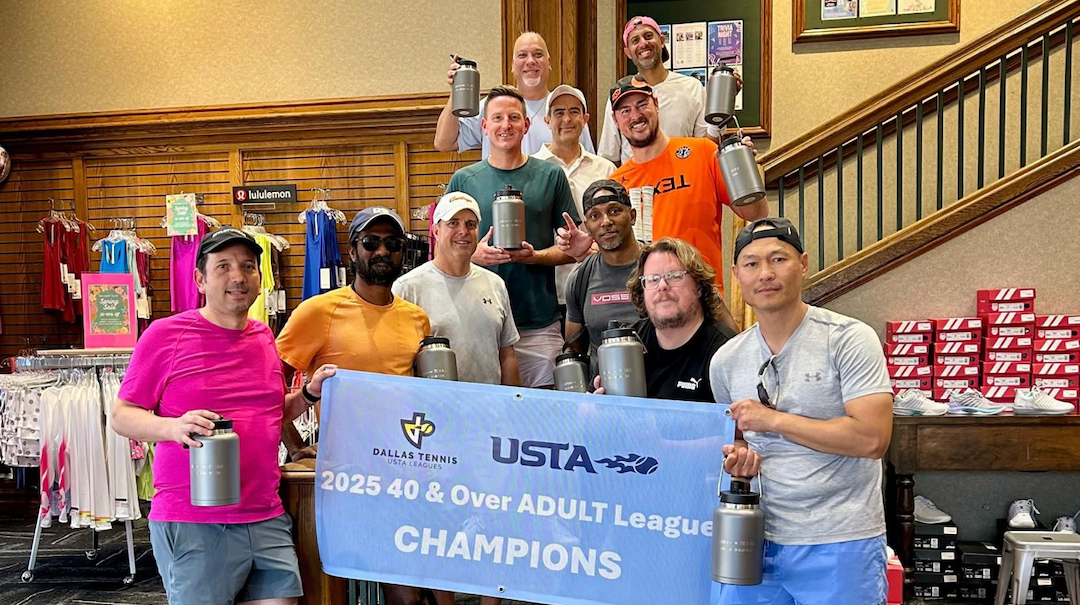Fiend at Court Unplugged
During one of my daughter’s junior tournaments another parent treated me to a diatribe on how the opponent’s parents were using hand signals to provide coaching during her daughter’s match. Watching the events unfold on the adjacent court, I was unconvinced that hand signals were in play. Unfortunately, the story doesn’t end there.
Failing to enlist my support, the other parent nevertheless accosted the USTA official on site to intervene, which produced no effect. I feel like the drama from her side show probably had more of a detrimental effect on the match outcome than any coaching, real or imagined.
When my daughter came off her court, the still fuming other parent asked her if she saw the obvious coaching. Much to my shock and embarrassment, my daughter told her no, but then shared that we have a complex series of hand signals that we use in her matches. She continued with a summary:
- Two hands over face: Move your feet.
- Looking down between points: Move your feet.
- Looking skyward: Move your feet.
- Rubbing eyes: Move your feet.
- Removing hat: Move your feet.
- Looking at phone: Texting her dad that she needs to move her feet.
I don’t think the other parent was amused.
I never got too wrapped up over parental coaching during junior match play. I don’t think that the majority of other parents at my daughter’s level were able to recommend good adjustments anyway. Additionally, receiving good advice is one thing and executing is something else entirely.
As a case in point, if anything I ever told my daughter during the set break (when coaching is permitted) positively influenced her performance, she would have had a less dismal record in three set matches. We didn’t need hand signals. My best course of action was to say nothing at all, but it took me a long time to learn that part of the lesson.
Parental wisdom is an oxymoron in junior tennis.




The best advice I ever heard was when a coach said to his player “if you think someone is coaching your opponent it means that they think you are the better player. That the player cannot beat you without their help. Go out and prove them right.”